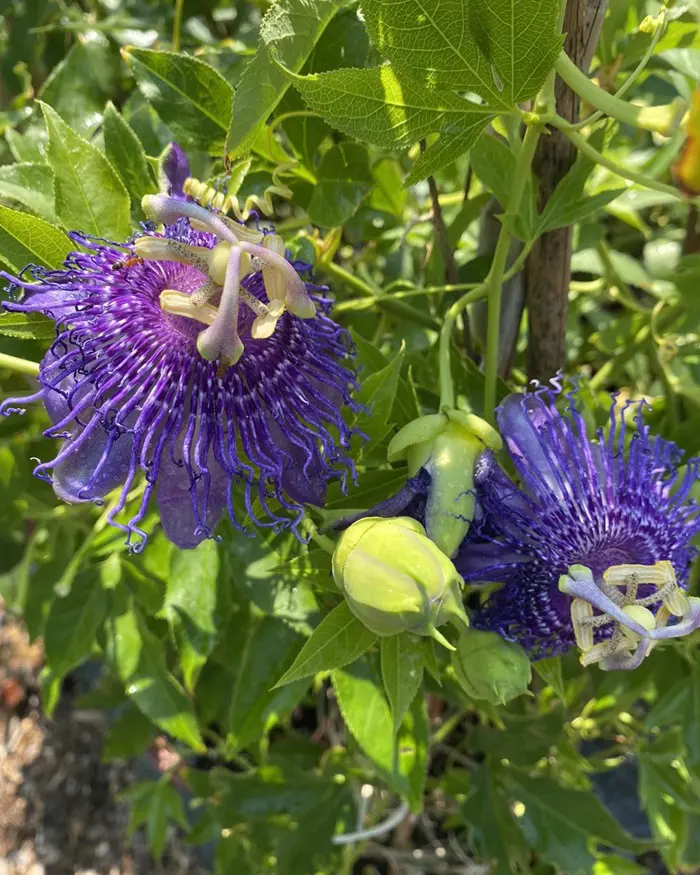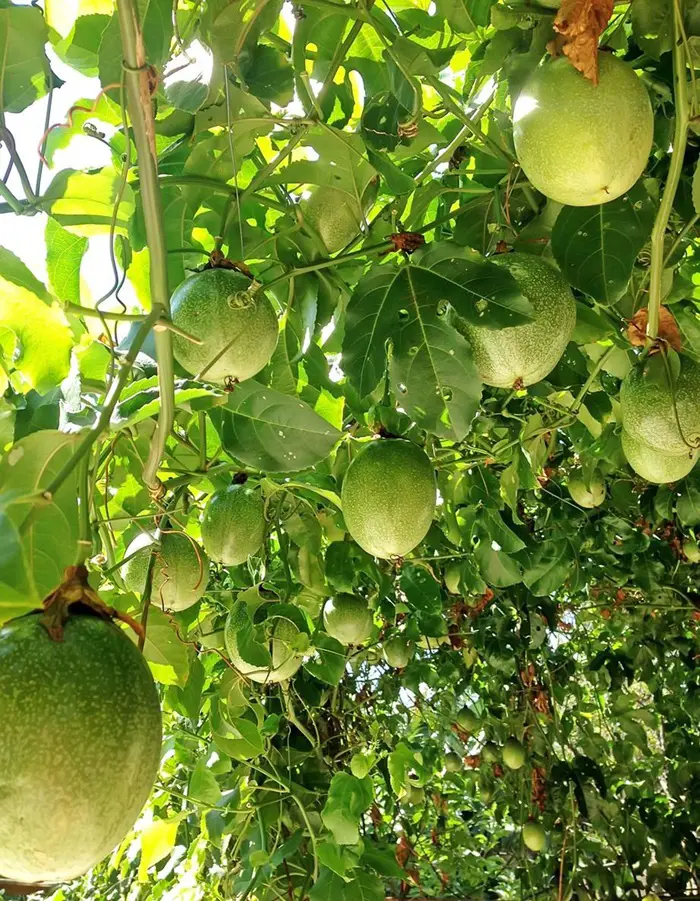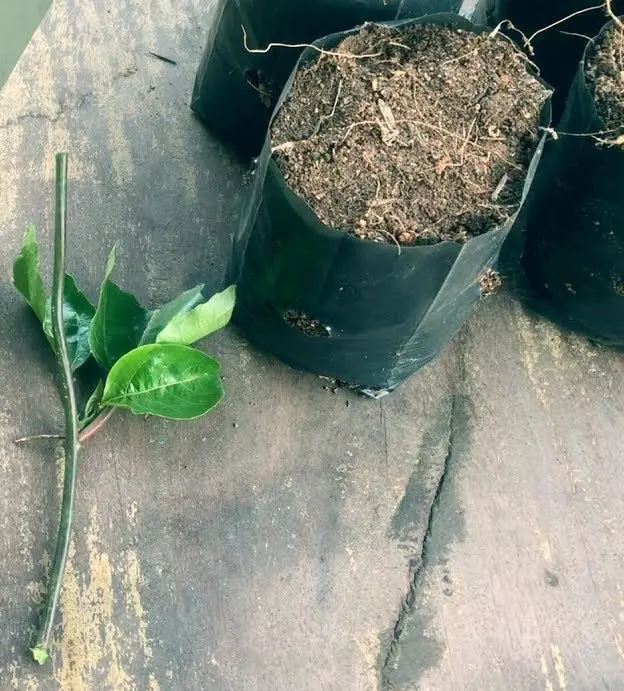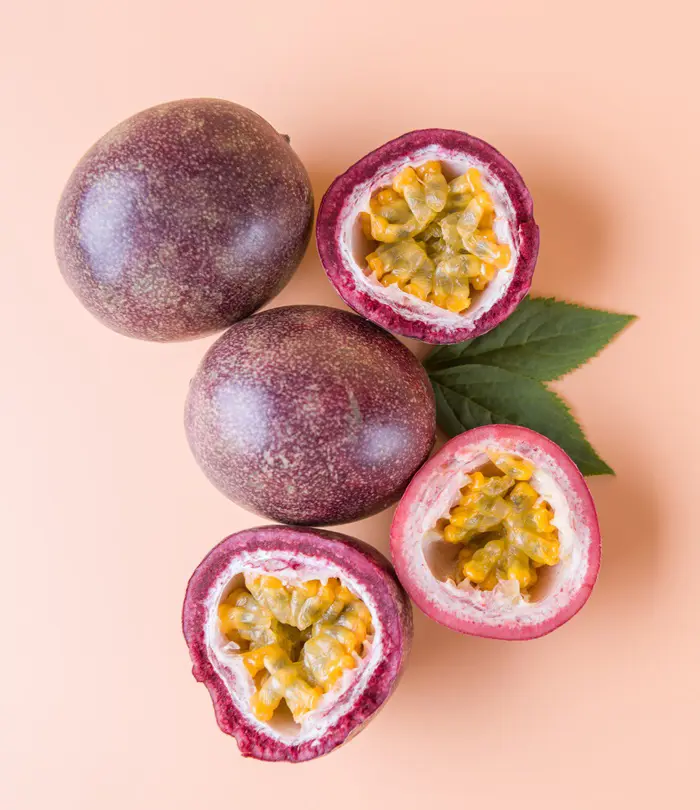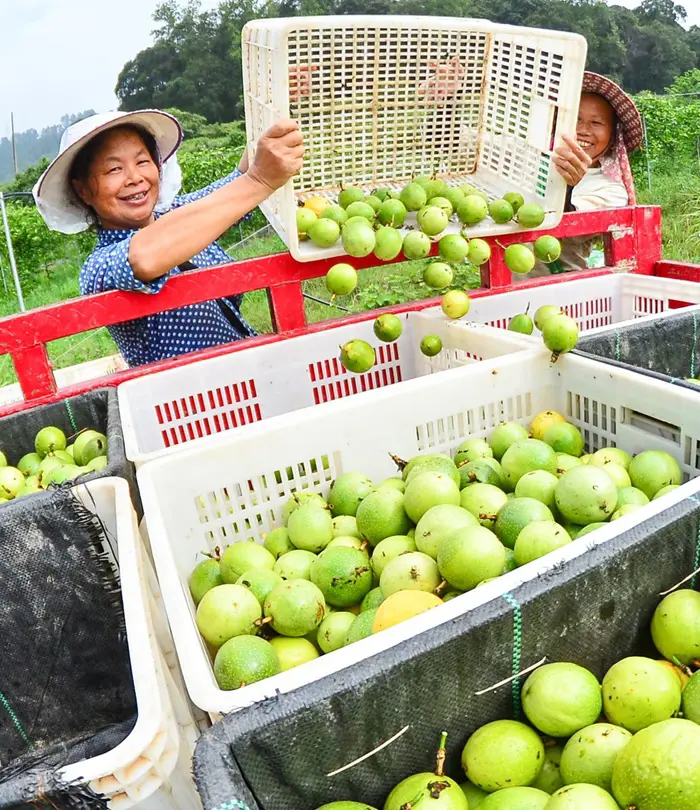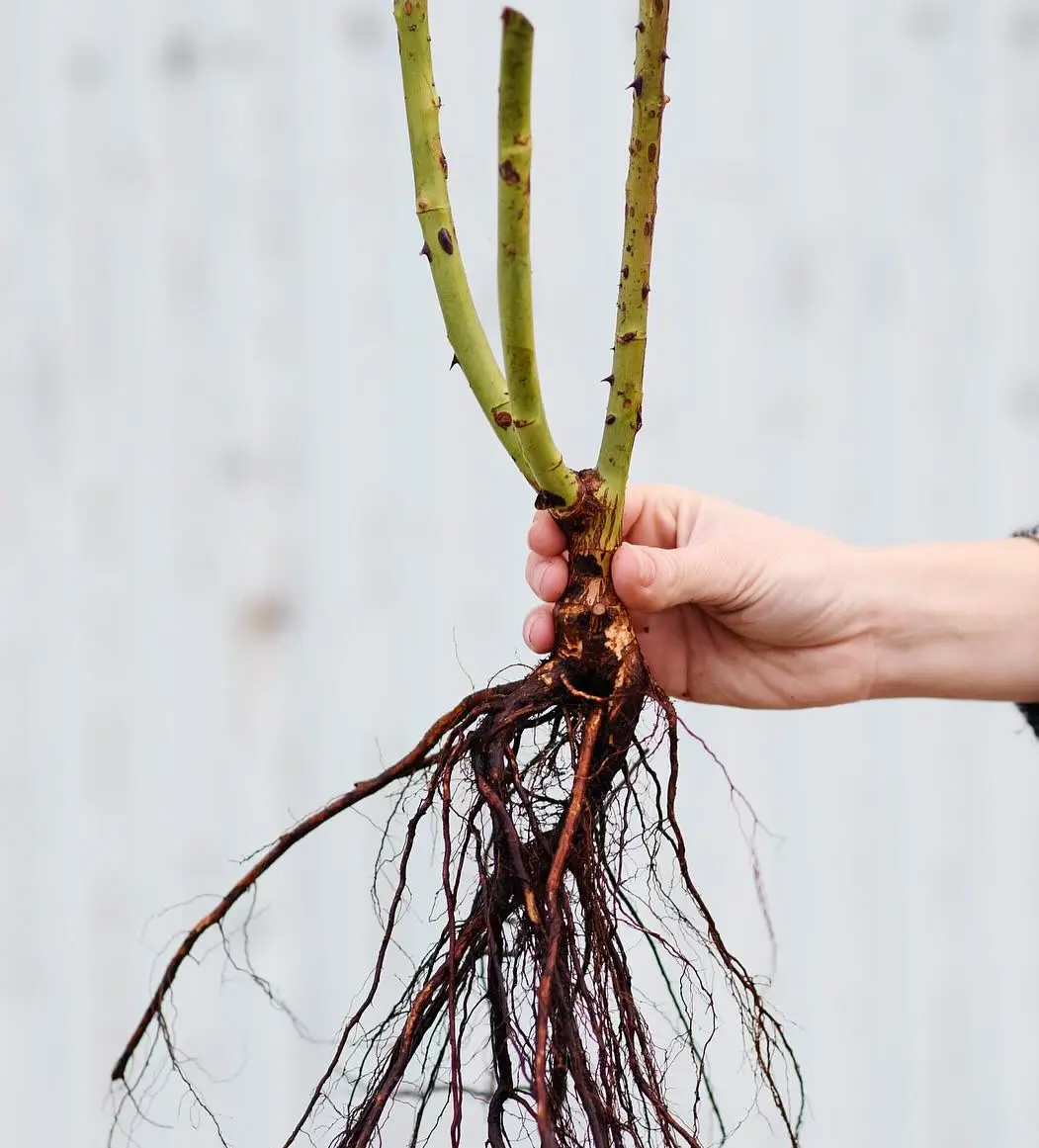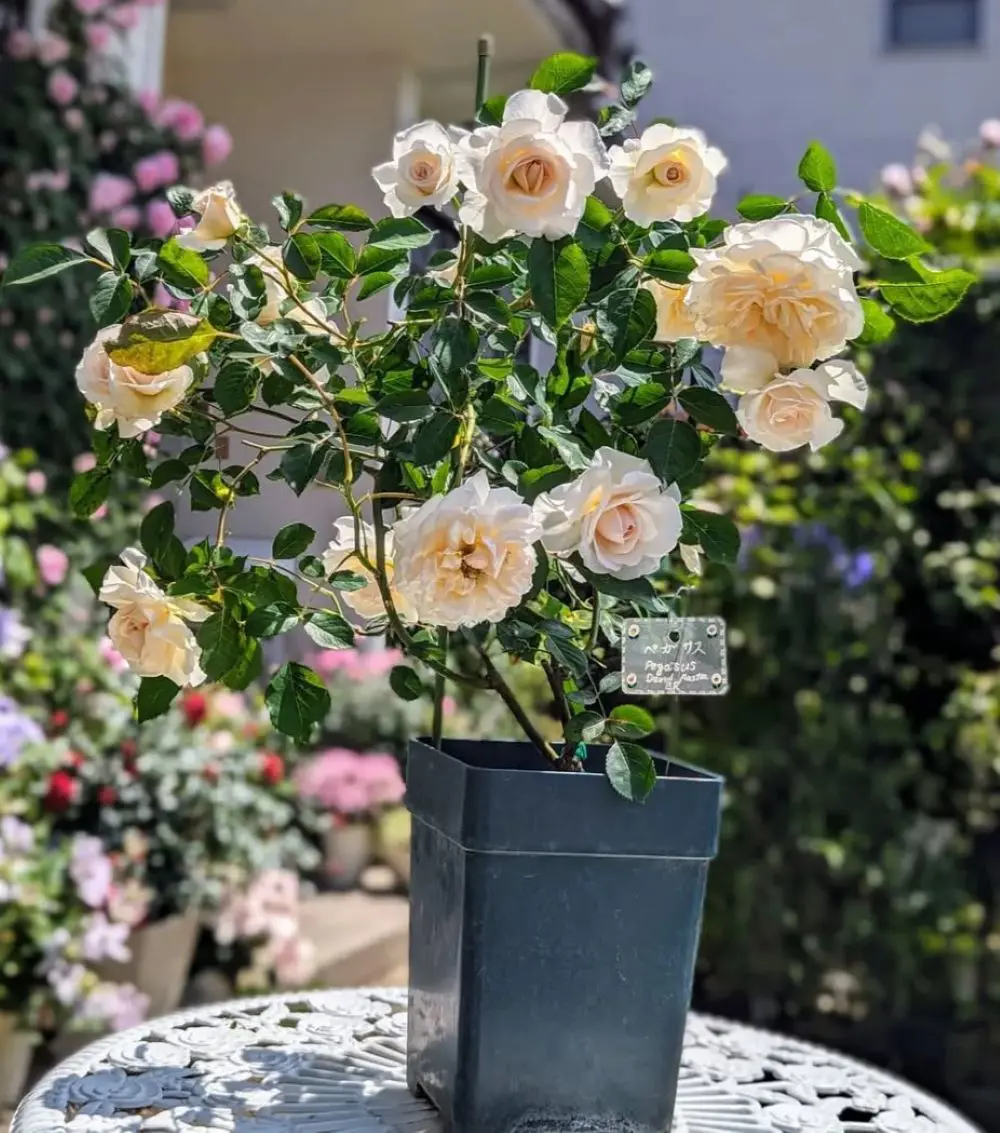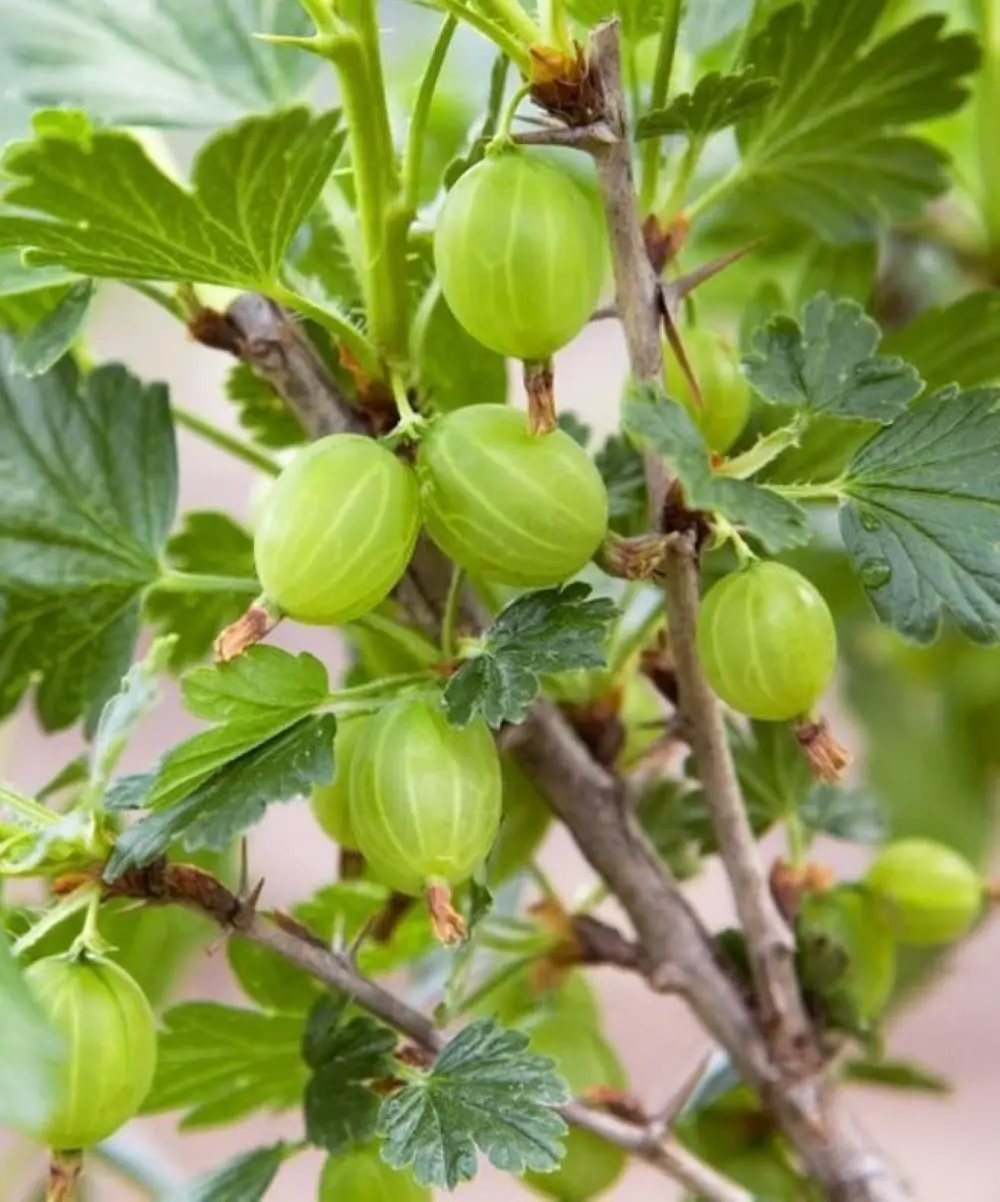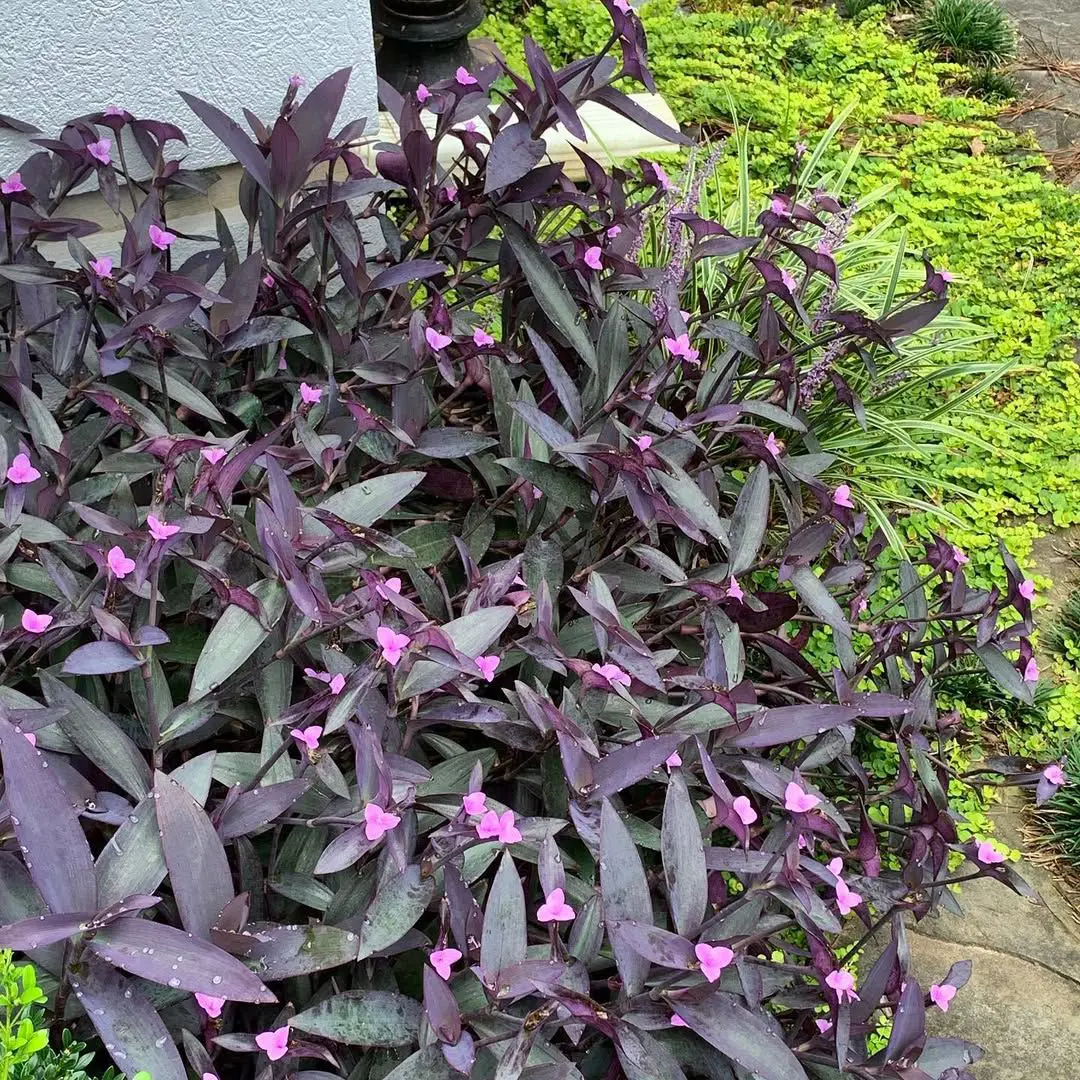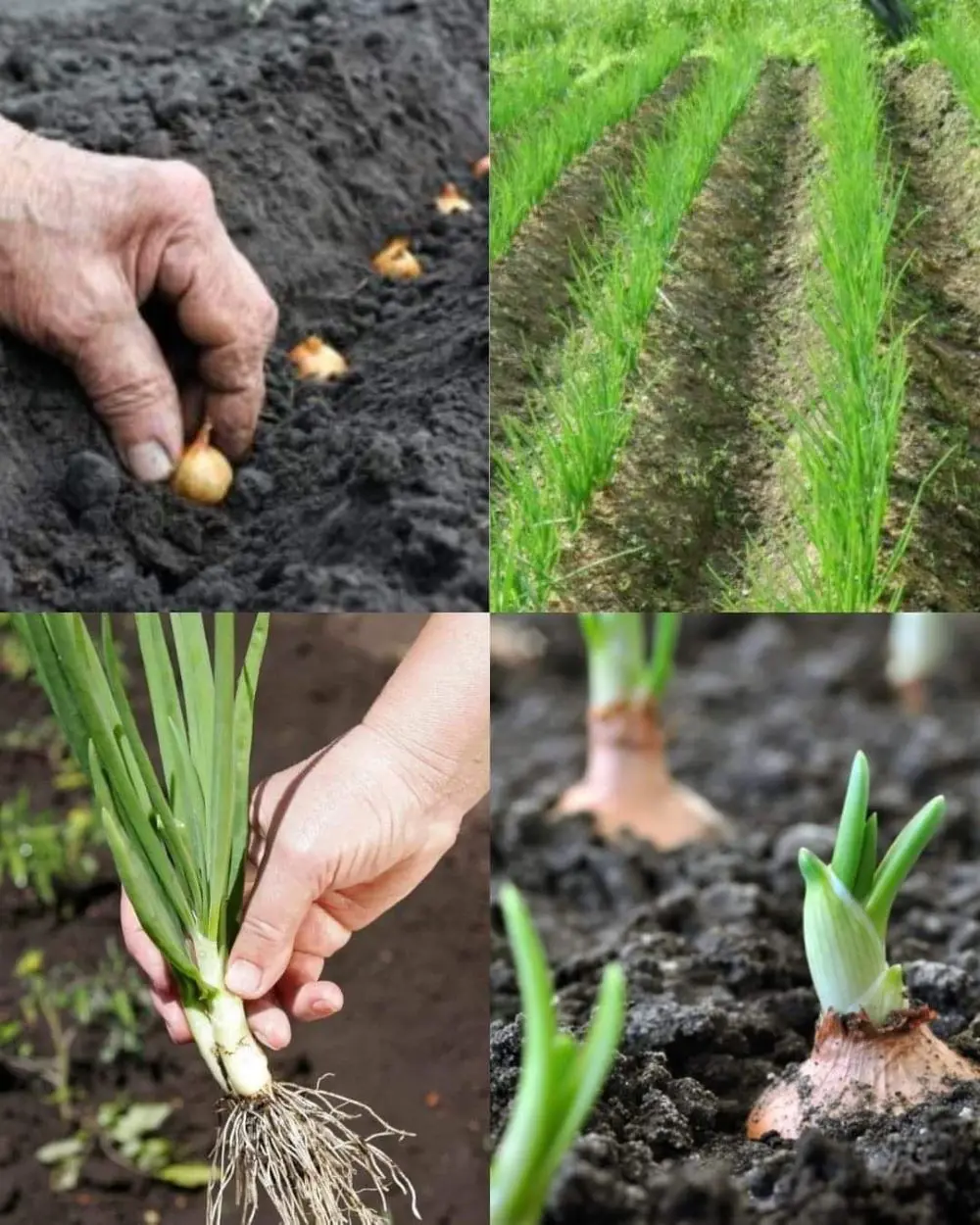When and Where to Plant Passion Fruit?
Planting Period
The best time to plant passion fruit is during the spring or early summer when temperatures are mild and frost risk is minimal. This enables the plant to establish itself before the heat of summer or the cold of winter.
In tropical or subtropical regions, planting could be done year-round. Proper timing helps in vigorous growth and better fruit production. This can offer the advantage of warm weather and longer daylight hours to maximize the fruit’s growth potential.
Soil Requirements
Passion fruit thrives in well-draining, sandy loam soils rich in organic matter. Good drainage is crucial to prevent root rot. Hence, avoid heavy clay soils unless they are well-amended with organic compost to improve texture and drainage.
Including organic matter enhances soil fertility, offering essential nutrients for vigorous growth and fruit production. Consistent soil testing ensures optimal nutrient levels and pH balance, promoting healthy vine development and abundant fruiting.
Light Conditions
Passion fruit thrives in full sunlight, requiring at least 6 to 8 hours of direct sunlight daily. Planting in a location with good air circulation is ideal to prevent damage to the vines. In hot climates, partial afternoon shade can help protect the plants from excessive heat.
Adequate light is integral for the plant’s photosynthesis as it leads to healthier vines and better fruit quality. Ensure the plants receive sufficient artificial light to mimic natural sunlight conditions if they grow indoors.
Spacing
Proper spacing is crucial for healthy growth and optimal yield when planting passion fruit. Space the plants about 6 to 8 feet apart to make sure sufficient room for the vines to spread and receive ample sunlight.
If planting in rows, you need to maintain a row spacing of about 10 feet to facilitate air circulation and ease of access for maintenance and harvesting. Good spacing also aids in preventing the spread of diseases and pests. This can promote a healthier and more productive passion fruit garden.

